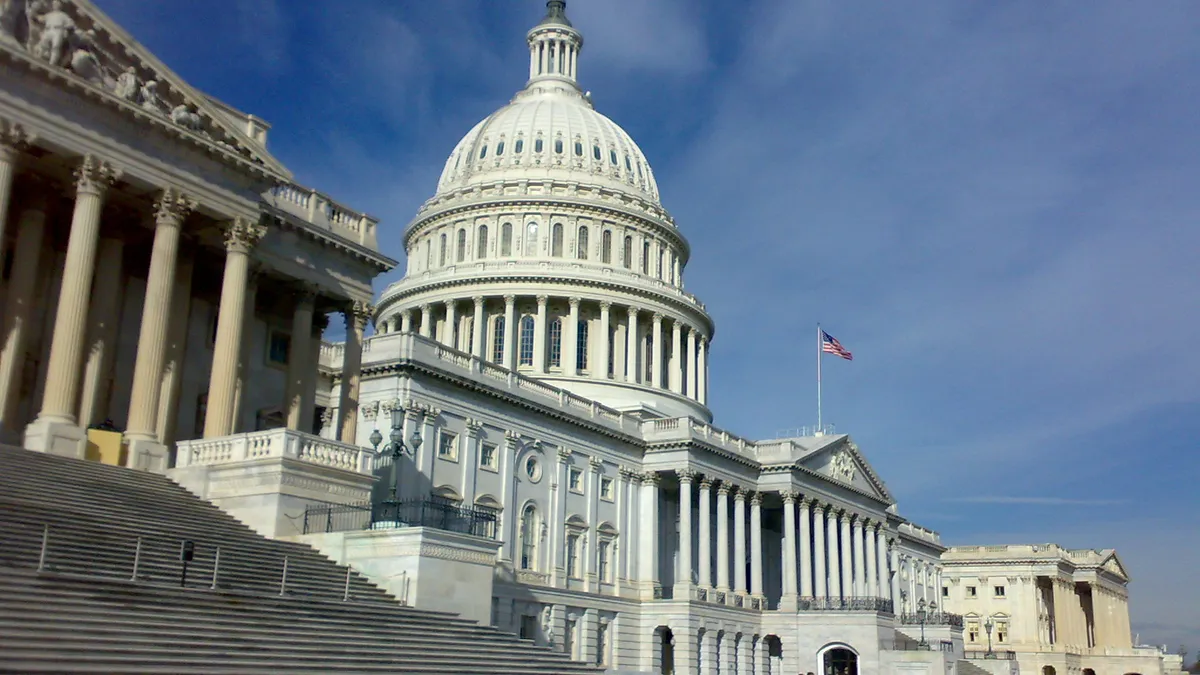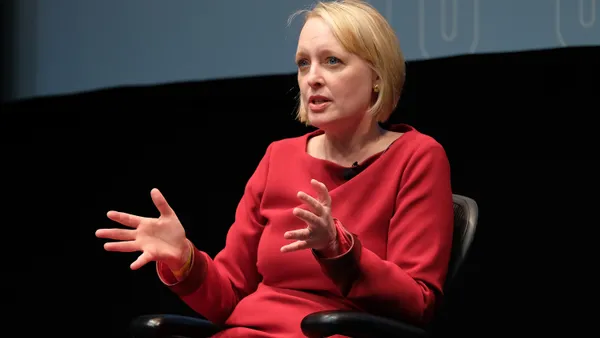Dive Brief:
- Lawmakers have included a rider on an appropriations bill that would prohibit the U.S. Equal Employment Opportunity Commission (EEOC) from going through with plans to collect pay data from employers with 100 or more workers.
- If passed, EEOC would receive $3.6 million for fiscal year 2018 but be forbidden from using any of its 2018 funding to implement its new EEO-1 requirements.
- The bill also directs EEOC to prioritize the reduction of its claim inventory and to step up efforts to resolve employee complaints before suing employers.
Dive Insight:
Employers subject to EEO-1 filing requirements have long had to provide EEOC with requested data. But last year, the commission announced that it would begin requiring compensation information on the 2018 forms.
The first “snapshot” period for the new requirements will be Oct. 1 to Dec. 31, and the filing for that period is due March 31, 2018. EEOC has outlined the information that will be required in its EEOC’s Questions and Answers: The Revised EEO-1 and Summary Pay Data and published a sample form.
Employers have complained about the added reporting burden but the Trump administration has few options for rolling back the Obama-era mandate. EEOC’s acting chair Victoria A. Lipnic has said that her hands are tied; she’s the lone Republican on the commission, so she doesn’t have the votes to replace the form — at least not yet.
Others have asked the White House to step in. Its Office of Management and Budget, which must approve such forms, could revoke its approval, stakeholders say. In a letter to OMB, the U.S. Chamber of Commerce, urged the agency to exercise that option, which is available if it later finds that EEOC’s burden estimates were “materially in error.”
This latest effort, which comes as a stipulation for agency funding, also directs EEOC to back off other initiatives that have upset Republican lawmakers for years. The committee said in a report accompanying the bill that it expected EEOC “to prioritize inventory reduction” when allocating resources. EEOC regularly receives more charges than it can resolve in a year, so it has a substantial backlog of employee complaints. It has made progress in reducing the backlog in recent years, but lawmakers have repeatedly criticized the agency for prioritizing its focus on “systemic discrimination” over those complaints.
The committee also said it is concerned that the EEOC isn’t undertaking conciliation — a first step before it can sue an employer — in good faith. Therefore, it “directs the EEOC to engage in such efforts before undertaking litigation,” as a condition of the funding. Employers have raised this complaint, too.
But despite the various efforts to avoid the new EEO-1’s requirements, things are still on track for now, and the compensation “snapshot” period is set to begin in just 10 weeks.













